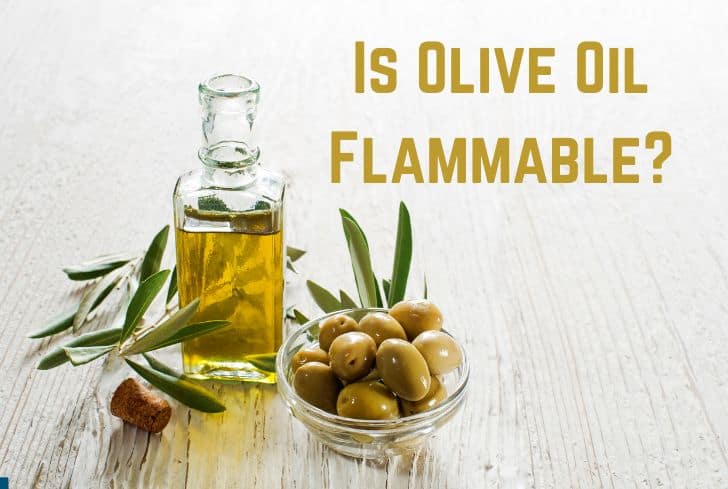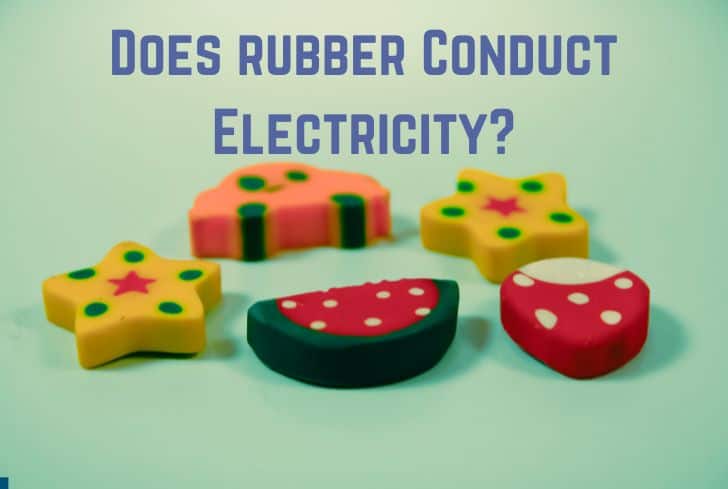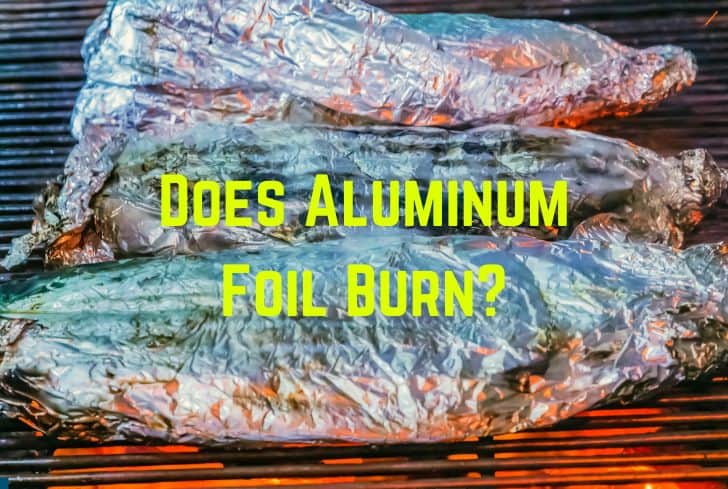Is Rubber Flammable? (And Catch on Fire?)
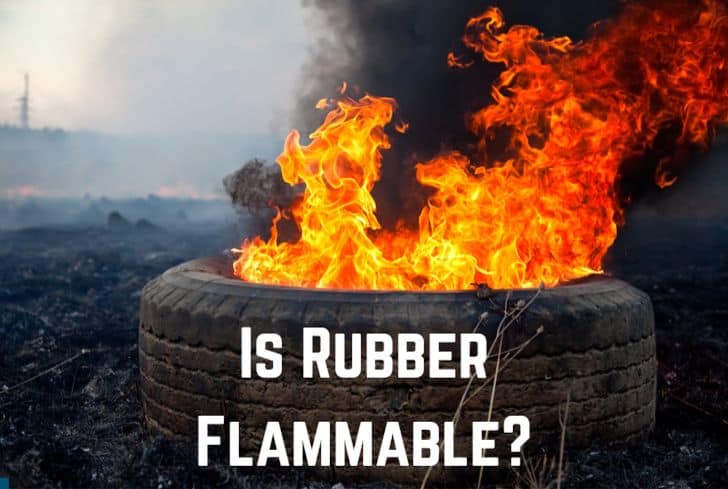
There are certain natural materials that human society owes a lot to. For example, as much as plastic is harmful when not disposed of properly, we can hardly live without it! Similarly, another item that is a very important part of our lives is rubber.
This practical material is used in a lot of daily-life objects like tires, carpets, and even the hair tie that we use for keeping our hair in place. With something being around you at all times, we must know whether it is safe to use or not. Hence comes the question – is rubber flammable?
Read on to know more!
Is Rubber Flammable?
Technically, rubber is not a substance that can burn. It is even used to put out fires and to make anti-flame materials. So you can say that rubber is not flammable. This is because it has a flashpoint (the temperature at which it catches flame) of around 500 to 600 degrees Fahrenheit, or 260 to 316 degrees Celsius – which is a heat point normally quite hard to achieve.
If it can come in contact with such a hot object exceeding its flashpoint, then the rubber will undoubtedly burn whether natural or synthetic. But that is hard to achieve in our day-to-day life.
Hence, rubber is used to make items such as surgical gloves, pacifiers, medical devices, car tires, and so on. It is also heat resistant, which is why you often find rubber coverings at the end of metal objects.
Rubber is excellent to make covers and parts of such objects due to its durability and inability to conduct heat very well as even fire authorities consider its flashpoint to be far lower than the fire point. You may be able to call rubber combustible after a certain point, but not exactly flammable.
Another reason why rubber items like tires and handle covers catch flames with much difficulty is because of their thickness. Being a solid object, the volume makes it hard for rubber to get affected by the fire so easily.
However, this in no way means you should try burning rubber carelessly. Though it is not a very flammable material, once it catches fire, the burning can be very hard to settle.
Does Rubber Catch on Fire?
Rubber can catch on fire, even if it may take a while. Having a flashpoint of 500 – 600°F (260 – 316°C), it will take a while before the material starts burning and melting. You will also have to be careful of the fire spreading once rubber starts to burn, as it can be very quick and strong because it can burn at very high temperatures.
This is because as compared to other moldable materials, plastic and rubber flames are more oil-based, meaning that when they catch fire, they burn and spread as liquid fires would do, which makes the fire easy to spread and grow. When burnt, the rubber becomes a hot and huge glob of mass at around 392°F (200°C) and evaporates into flammable, toxic vapors at 446°F (230°C).
Hence, even if rubber may be a non-flammable material, it is better to be on the safe side and not try to do dangerous experiments.
What Makes Rubber Flammable?
Rubber is an oil-based material, especially synthetic rubber. Hence, it is not that it is not flammable – it’s just thick which makes it difficult for fire to catch and spread easily. Oil burns fast as a flammable liquid, so rubber too can burn for days, being oil in solid form. Thankfully, It is difficult to set rubber on fire because the majority of rubbers only burn at temperatures between 500 – 600°F (260 – 316°C).
Another reason why rubber burns so much and for a long time is because of its innate resistance to water. Oil and water do not mix well, which is why rubber is also completely waterproof. In its making, many extinguishing agents are frequently lost and drained away. Traditional fire extinguishing techniques, like ceiling-level sprinklers, may fall short in their ability to put out rubber-based fires.
You may have seen videos of tires burning for days and even months on the internet – it is all because of rubber’s synthetic nature. Although it is not particularly flammable, synthetic rubber can nonetheless catch fire.
In order to ignite, it often needs to be heated to a rather high temperature. Depending on the rubber’s thickness, it may take several minutes for it to warm up completely to that temperature before it starts to burn.
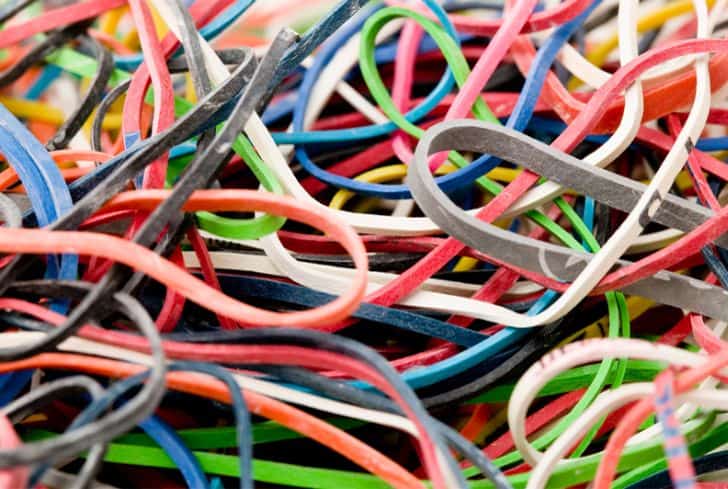
Are Rubber Bands Flammable?
Rubber bands are flammable items, and can be one of the easy-to-burn variants of rubber, being small in mass. The main reason why rubber takes so long to burn is because of its thickness – and rubber bands, being simple strips, will not take as long to start burning. It will also burn off really quickly, as is the condition with rubber once it lights, in general.
When smaller or thinner in size, the rubber will burn easily as any other flammable object would do and will not require the usual flashpoint.
Is Rubber Mulch Flammable?
Mulch is a flammable item in general and so is rubber once it reaches the burning flashpoint. Hence, rubber mulch is also flammable and can be very hard to deal with if it catches fire. Since mulch is also mostly dry during hot weather, it can even catch fire if it is too close to the side of a reflective surface on a sunny day.
In an experiment conducted by the Journal of Arboriculture, rubber mulch was exposed to a propane torch, and it ignited easily and even spread as fast as it could. This proved that rubber mulch can be dangerous when it comes to flammability.
Some organic mulch, like shredded pine bark, does not ignite that easily and does not burn until exposed to the elements for six months. Some other mulches that proved to be resistant to the fire include shredded hardwood and cocoa shells.
Is Rubber Cement Flammable?
Rubber cement is flammable and when burnt, the flames produced can be toxic to the body as well. It is not exactly the material that is dangerous, but the solvents involved in it. Its components, n-heptane, and n-hexane can be very flammable, and caution must be given to keep them away from heat sources.
Therefore, rubber cement should only be utilized in an open space, much like any glue that contains solvents. If you were to use it on your possessions, make sure to keep it away from any source of heat.
Is Silicone Rubber Flammable?
Silicone rubber is a very flammable material as it is oil-based and man-made, meaning it contains artificial components. Just like natural rubber, it will take a while to catch fire, but once you have provided the required heat for a long period, it shall burn up like any other material – at around 482°F (250°C), which is a difficult number to obtain.
Hence, silicone is used to make a lot of objects like telephones, cameras, cards, utensils, etc., as it will not burn easily, and a temperature so high will not be found in any other place except kitchens.
Despite this, silicone’s flammability remains quite flexible, and the material can be designed in a way for it to function at higher temperatures – for example when it is used to make adhesives. Silicone is known for its high durability and does not bend or break easily, so when burnt, it does not turn into gas or liquid, but stays solid, only shrinking in size.
Even at a high temperature of around 390°F (199°C), silicone will lose its pliability and can be bent in order to make shapes and other objects. It will only catch fire once it reaches its flashpoint which depends on the variety of silicone that you are using.
At What Temperature Will It Melt?
The temperature at which rubber melts depends on the kind of rubber you are using, the thickness of its mass, and the form it is in. The average melting point for rubber would be around 356°F (180°C) or anywhere between 300 – 400°F (149 – 205°C). Tire rubber will melt at around 1,000°F (538°C), and also explode at about 750°F (400°C).
Meanwhile, silicone rubber would require around 480°F (250°C) to even start changing shape by melting.
As you may have guessed, silicone is the hardest rubber to melt as, unlike most rubber which usually changes shape easily, it can tolerate extreme temperatures that go above 392°F (200°C) and even freeze to a temperature as low as -76°F (-60°C) without becoming deformed.
Why is Burning Rubber So Dangerous?
Burning rubber can be a fire hazard to the place you are deciding to ignite it in as the substance has the potential to burn for a long period of time. It also spreads quickly and once lit, burns rapidly – posing a danger to anyone standing close. Apart from these problems, burning rubber has many dangers like the ones listed below.
1. Air Pollution
When you burn rubber, the smoke it burns out is heavy, black, and thick enough to mix in with the atmosphere and weaken it. This smoke also contains many harmful toxins like cyanide, butadiene, styrene, carbon monoxide, sulfur dioxide, and many other chemicals that can contribute to air pollution and prove to be dangerous to the environment and human health.
2. Medical Conditions
Rubber is not easily destroyed due to its durability. Even when burnt, the smoke will contain minuscule particles that can fly off into the air and can become a choking hazard that will be dangerous to anyone who accidentally consumes it.
With its chemicals and tiny bits released into the air, it can also make the environment harmful for those who already have medical problems like heart and lung diseases.
Direct exposure to rubber smoke can cause chronic sickness and even some acute respiratory symptoms that will eventually irritate and contaminate the heart. People with asthma, pregnant women, children, and the elderly over the age of 65 are most at a threat when it comes to harm from rubber smoke.
3. Climate Change
The main reason behind global warming is the depletion of the ozone layer over the years and there is nothing that depletes the atmosphere like air pollution does. Smoke from burning rubber emits carbon monoxide, which is one of the dangerous greenhouse gasses that makes the air more dangerous to breathe.
Hence, it is easy to imagine how something that burns for such a long time can cause major damage to the environment by just being ignited once.
Final Thoughts
Hence we conclude that although rubber is not directly flammable, and in most cases will be a fireproof material, once there is enough heat to reach its flashpoint, you will see it burn. We hope that this article has helped you understand the situation better and also the precautions you need to follow.

